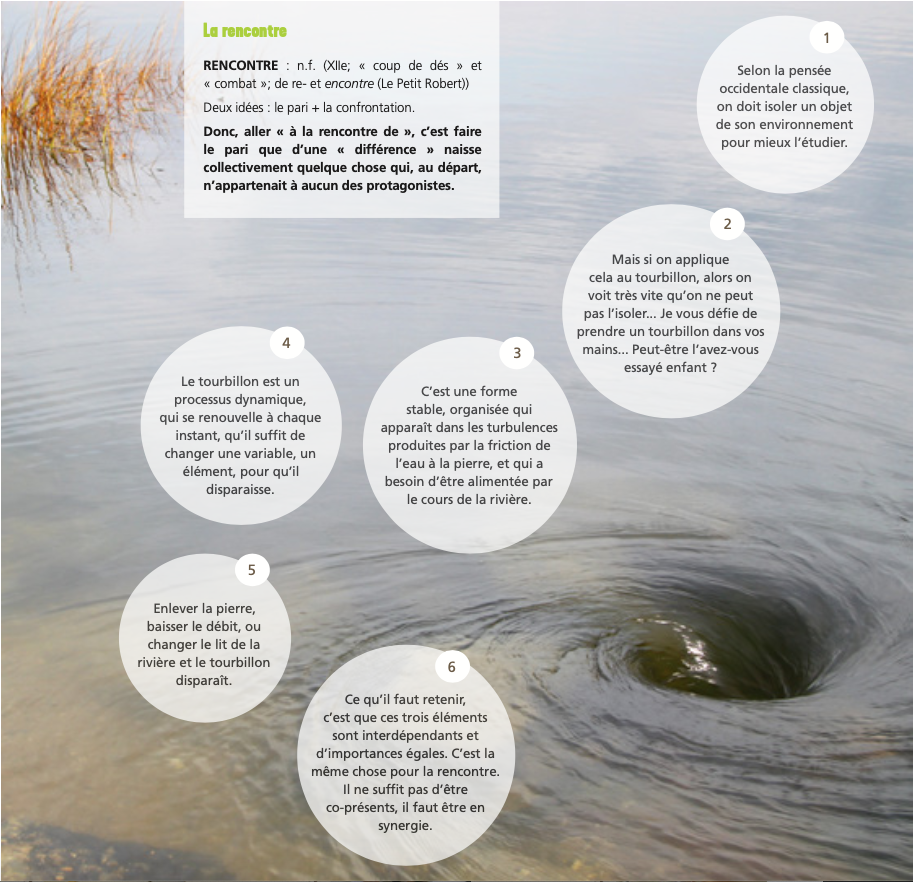
"What's our plan?"
Why work together on a project? What are our respective issues? What are our common interests? In a relational approach, especially in an Indigenous context, these are essential questions that centralize who and for whom the work will be done. Have you taken a holistic approach to consider all dimensions and effects of the project? The essential elements that illuminate the path to a relational approach are consultation and validation. It makes sense! Any project related to Indigenous issues should logically aim to support Indigenous communities. Therefore, establishing a group or committee to guide your project vision and ensure representative participation is simply indispensable!
To help you in this area, La Boîte Rouge VIF has compiled tools for project planning from their collaboration experience with Indigenous communities over the years in their Petit guide de la grande concertation.
Levels of project preparation: concerted action
Levels of project planning

Short on time?
It can be wise to reflect on the concept of time as a whole, but also to let yourself be influenced a bit by the concept of "Indian time". This expression can seem negative if it simply refers to delays in a schedule, but its meaning is deeper. It opens the door to a prioritization and focus often found in an Indigenous context, which benefits everyone.
In a circular, collective, and community approach, there is no tendency to divide the value or importance of something, as referenced on the page The Essentials. So, if several things are important, they require singular attention. Likewise, what takes the most importance are humans and nature, as well as the necessary rhythm to preserve them, for example. In contrast, the often fast and simultaneous pace felt in non-Indigenous systems sometimes works to the detriment of humans, nature, listening, or other values central to First Nations cultures and have always been central to humanity. This feeling is shared by everyone who must navigate these systems, but Indigenous collaborators are even more likely to be sensitive to it. Finally, connecting to this mentality is connecting to "human time."
If you wish to reflect further on this intercultural aspect, here is a documentary called "Indian Time" that explores this concept in its content and form. Here is also an article that goes into more detail about this concept.













